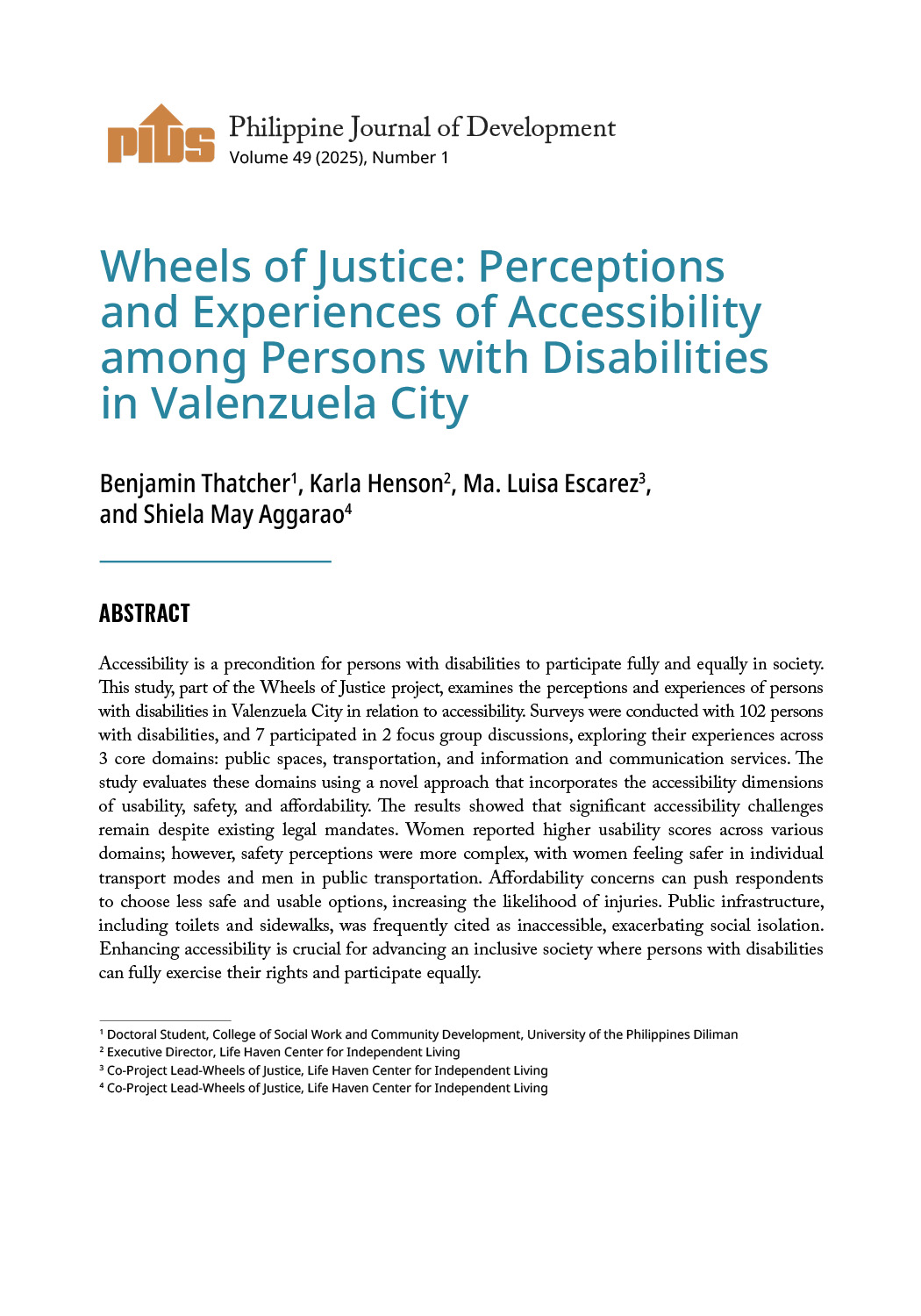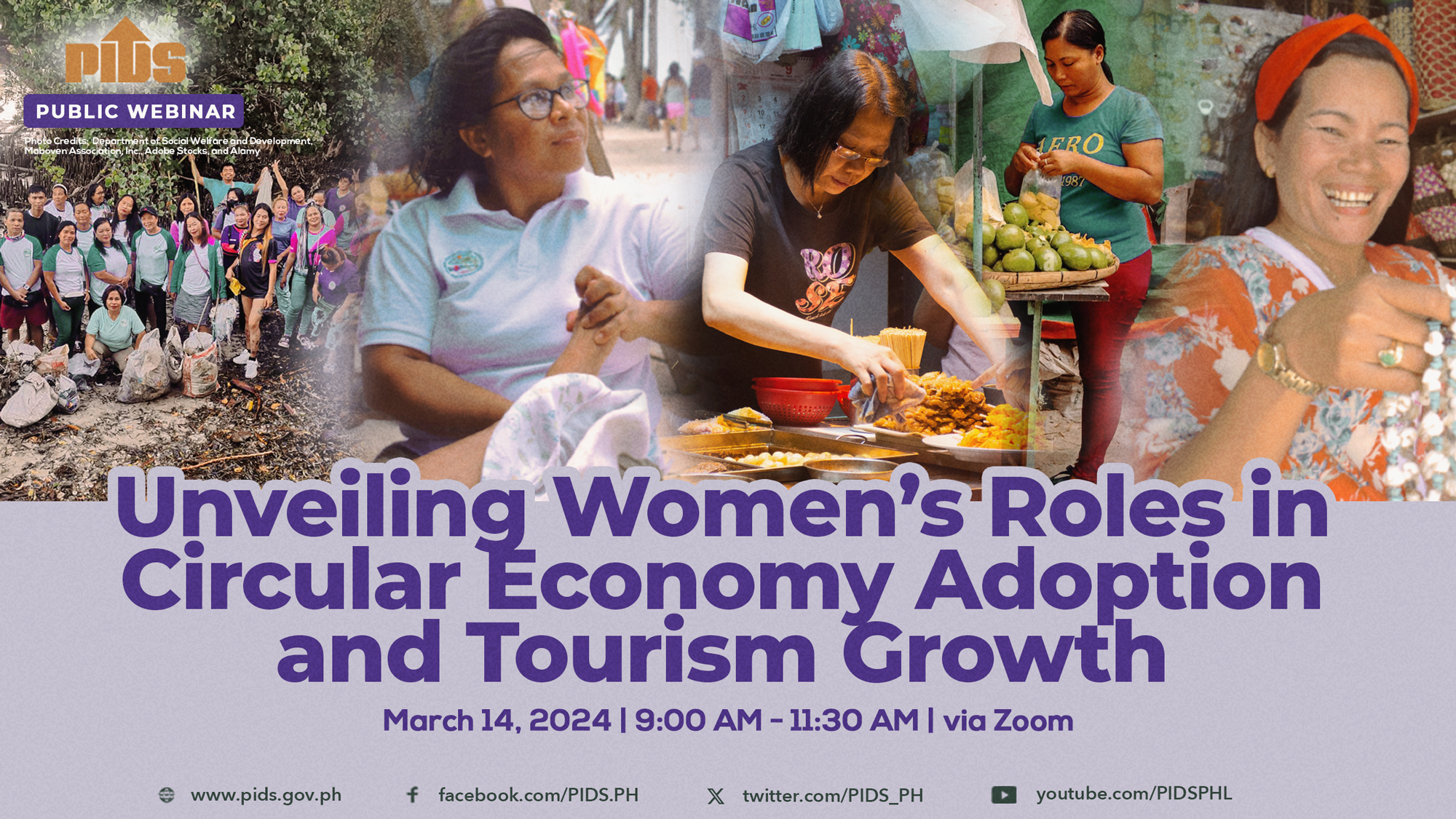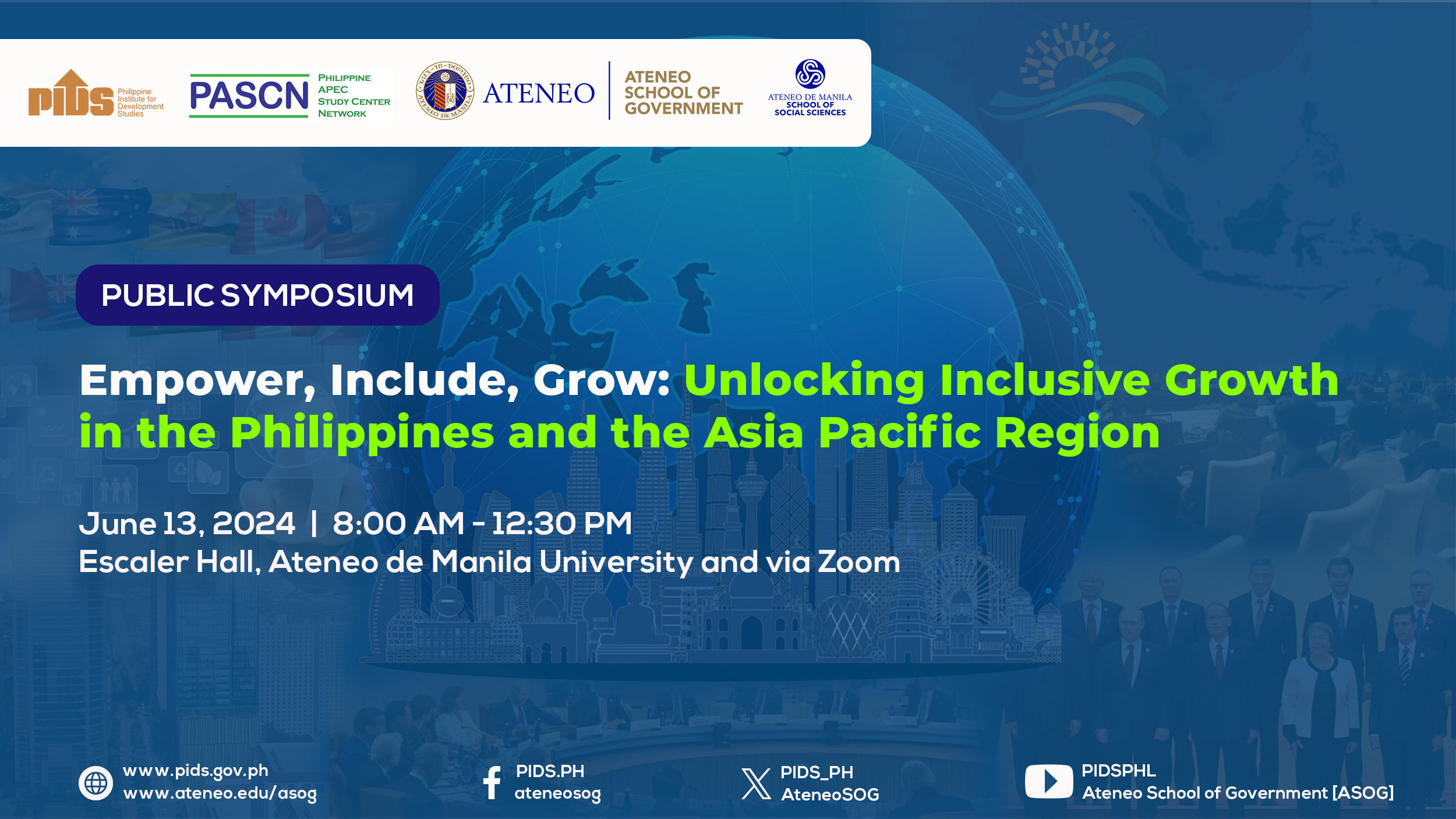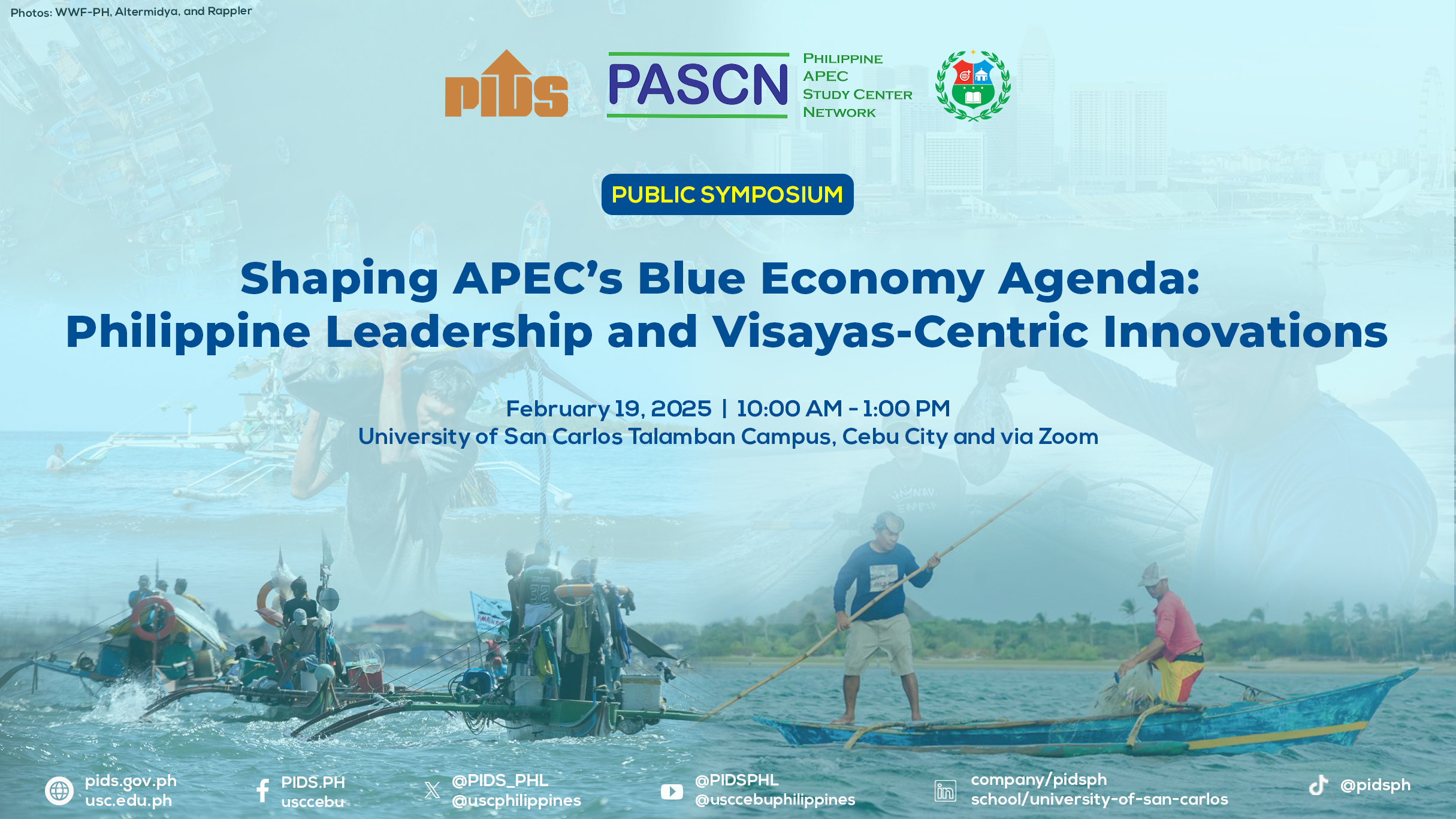IN a recent meeting with members of the Makati Business Club and several foreign chambers of commerce, the government’s chief scientist Fortunato dela Peña encouraged local and foreign businessmen to invest in technology-related enterprises. Dela Peña, Secretary of the Department of Science and Technology (DOST), said this is relevant as the government is now investing heavily in science and technology.
The chief scientist cited advancement in health and medicine development with the county’s numerous traditional medicinal herbs as focus, education, energy, disaster resiliency, and climate-change adaptation, including enterprises that deal with creativity such as designs.
A civil servant for two decades now holding various teaching and civil-service positions up to his appointment as top official of the DOST under the present administration, Dela Peña said that for a time, the country seemed to have grown “resistant” to science- and technology-related endeavors, although a core number of advocates persisted in pushing the science agenda.
The progressive minds seemed to have prevailed, the DOST official said.
Recently, the Philippines ranked 73rd out of 128 economies in terms of Science and Technology and Innovation (STI) index, citing the country’s strength in research and commercialization of STI ideas. The report also said that 60 percent of companies in the country offer training to improve the technical skill of their employees.
Investment
HOWEVER, a study by the Philippine Institute for Development Studies highlighted the weak ties between innovation-driven firms and the government, and it also identified the country’s low expenditure in research and development (R&D).
According to Dela Peña, this is the reason the government is now extending all its efforts to reach out with the private sector, explaining that STI plays an important role in economic and social progress and is a key driver for a long-term growth of an economy.
Technology adoption, the official said, allows a country’s firms and citizens to benefit from innovations created in other countries, and allows it to catch up and even leap-frog obsolete technologies.
This can lead to significant improvements in productivity for existing firms in agriculture, industry and services.
For one, long-term investments in building local capacity for technology generation can lead to innovations that will give local firms a competitive advantage. This can result in the creation of new firms and even entirely new industries.
For another, the local medicine sector has been showing potential, the DOST official said, citing the case of two dozen local herbs or medicinal plants being studied as one example.
Lagundi
WHEN asked about the case of Lagundi (Vitex negundo), whose efficacy as medicine is being challenged by drug manufacturers, DOST Assistant Secretary for International Cooperation Leah J. Buendia said that the shrub was subjected to 20 years of stringent clinical trials and has been proven consistently as effective.
“But since the DOST, and the government for that matter, is not into commercialization, private companies are the ones who manufacture the component of the medicinal plant into commercially available medicines,” Buendia said, adding that the agency only gives the results which include the right formula and volume of the medicinal component.
Asked on the possibility that private manufacturers might knowingly dilute the required strength for the medicine to be effective to cut cost and unwittingly made the medicine commercially available ineffective, the official declined to comment.
She, however, assured that the private sector is working with the agency for the purpose of commercializing discoveries made and studied by the DOST in partnership with the private sector, as these “products would not help private companies profit but advance the country’s agenda.”
The science agenda that, despite advances, is still in need of prioritization and more funding. This agenda is in the Philippine Development Plan 2017-2022, which devotes an entire chapter on STI.
STI culture
RECENT positive developments and advancement in science and technology notwithstanding, there remains a low level of innovation in the country. This is brought by weaknesses in STI human capital, low R&D expenditure and weak linkages in the STI ecosystem.
In the Global Innovation Index (GII) Report last year, the Philippines ranked 74th among 128 economies in terms of overall innovation, garnering a score of 31.8 out of 100. This is a slight improvement from the score of 31.1, ranking 83rd out of 141 economies in 2015.
The country also ranked fifth out of seven members of the Association of Southeast Asian Nations (Asean) that were included in the survey. The Philippines was ahead of Cambodia (95th) and Indonesia (88th) but lagged behind Singapore (6th), Malaysia (35th), Thailand (52nd) and Vietnam (59th).
The factors behind the weak performance of the STI sector include a weak STI culture, Dela Peña said.
There is lack of public awareness and interest in STI and many sectors do not recognize, appreciate and understand the use of technology- and science-based information in their daily activities.
There’s also a number of weaknesses in social and professional culture, i.e., research culture in universities, commercialization of results from public research, among others. According to Dela Peña, a lack of awareness on intellectual property rights, in the research community and the general public, still persists.
Despite its availability, adoption and application of technologies among micro, small and medium enterprises (MSMEs) and sectors like agriculture and fisheries remains low, he added.
Research
LOW government and private spending on STI is another factor behind the weak performance of the STI sector, according to the GII report.
Investments in R&D are central for enhancing the country’s innovation ecosystem, the report said. Expenditures on R&D and innovation activities, as well as the support given to the development of human resources in various fields of science and technology (S&T), are the parameters scrutinized in the monitoring and evaluation of STI.
While nominal R&D expenditures increased by 80 percent to P15.92 billion in 2013, the proportion of R&D spending to GDP stood at only 0.14 percent. This is substantially below the 1-percent benchmark recommended by the United Nations Educational, Scientific and Cultural Organization (Unesco) and the global average of 2.04 percent. It is also low compared to other Asean countries, such as Vietnam, 0.19 percent, Thailand with 0.36 percent, Malaysia with 1.09 and Singapore’s 2.0 percent. The data is available online from Unesco’s Institute for Statistics.
The country’s relatively low ranking in the GII Report was pulled down by weaknesses in human capital and R&D, with a score of 22.7 out of 100, ranking 95th. This is due to the low public and private expenditures on education and R&D, as well as low tertiary inbound mobility. Tertiary inbound mobility refers to the number of students from abroad studying in a given country, as a percentage of the total tertiary or college enrollment.
The bulk of the R&D spending, about 60 percent, comes from the public sector. These were directed to agricultural and industrial production and technology, protection and improvement of human health, control and care of the environment, among others. Most of the R&D activities in the country are still concentrated in the National Capital Region, Calabarzon and Central Luzon.
Manpower
ANOTHER indicator measuring the capacity for technology generation is the number of S&T human resources engaged in R&D.
As of 2013, the country has a total of 36,517 R&D personnel, of which 26,495 are key researchers, scientific, technological and engineering personnel engaged in R&D; the rest are technicians and support personnel.












